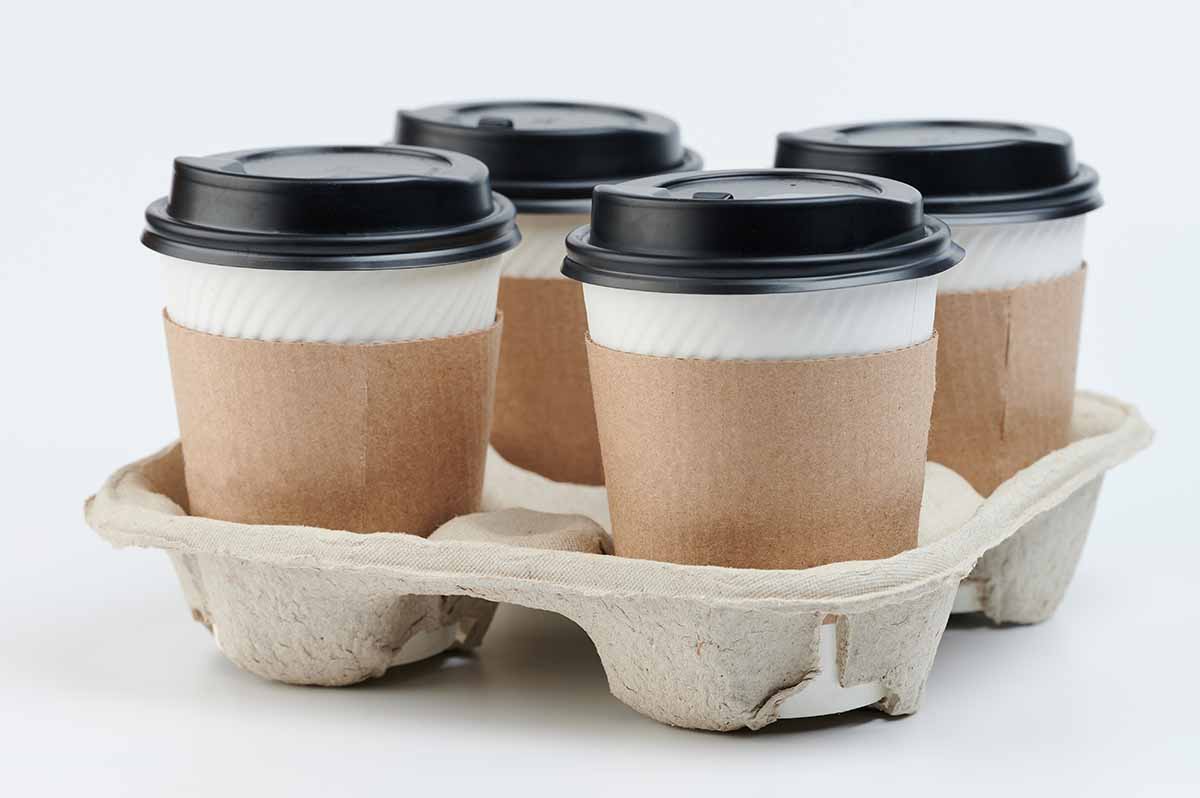
The Poly Coated Paper Alliance unveiled a plan to expand coated paper recycling in the US by closing data gaps, growing markets, unifying design guidance and improving outreach. | PixelMe / Shutterstock
A coalition of paper and packaging leaders is launching a national effort to make poly coated paper products, such as cups and ice cream tubs, a routine part of curbside recycling.
The Poly Coated Paper Alliance, or PCPA, announced a renewed strategy designed to expand data collection, boost end-market capacity and align coated paper recovery with new extended producer responsibility (EPR) laws for packaging taking effect in several US states.
Managed by Resource Recycling Systems (RRS) in Ann Arbor, Michigan, the alliance includes converters, mills, haulers and brands. Its members want to demonstrate that poly coated paper can be widely recovered and pulped alongside traditional paper grades, while meeting the design standards required by new recycling systems.
“As states implement EPR programs, demonstrating the recovery of poly coated paper products is crucial,” said Teo Medellin, director of global packaging sustainability at Procter & Gamble and a member of the alliance leadership. “PCPA’s strategy today successfully positions more poly coated paper packages to meet the standards of these emerging recycling systems.”
The alliance’s updated plan centers on four pillars: closing data gaps, preparing for EPR implementation, establishing universal design guidance and expanding communication with recyclers and communities.
Although paper remains one of the most recycled materials in the world, poly coated items often end up in landfills because of inconsistent acceptance and limited documentation of where the material flows once collected. PCPA said it will continue to run field tests, gather national data and use those findings to inform state agencies, producer responsibility organizations (PROs) and local recycling coordinators. The goal is to ensure poly coated paper appears on official recycling lists as EPR programs evolve.
PCPA’s next phase will focus on mills and MRFs that already have the capacity to separate and repulp coated products. Through market research, the group aims to expand acceptance and verify responsible end-market use of recovered fiber. Those findings will feed into the group’s Design for Recyclability Guidance, a technical document being refined to define acceptable coatings, fiber thresholds and performance standards.
According to the alliance, uniform design rules are key to giving brands and recyclers confidence in what enters the system. PCPA plans to continue engaging converters, mills and packaging manufacturers to ensure the guide reflects current market realities. The group said its standards will help PROs set criteria that are both practical and backed by industry research.
To address public confusion about coated paper recycling, PCPA will publish toolkits, talking points and case studies that explain the value of recovering these materials. The group also plans to release consumer education resources and an engagement study to support program acceptance.
“By combining research, market development, clear design standards and stronger communication, the renewed workplan addresses every step of the recycling chain,” said Scott Byrne, vice president of global sustainability at Sonoco and a member of the alliance leadership. “It’s the pathway to accelerate making poly coated paper a common item in the recycling bin.”
Between 2025 and 2028, PCPA plans to expand its research network and support collaboration among mills, municipalities and brand owners. The organization said it will publish fact sheets and policy tools to connect poly coated paper recovery with EPR compliance efforts across the country.
More stories about EPR/Stewardship

